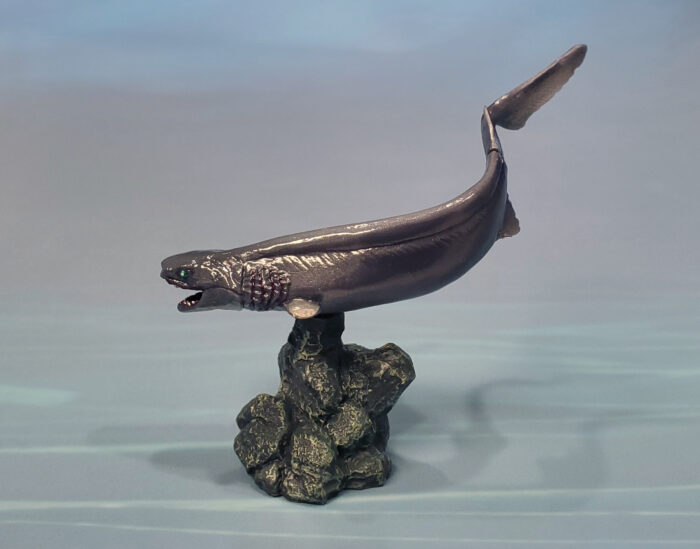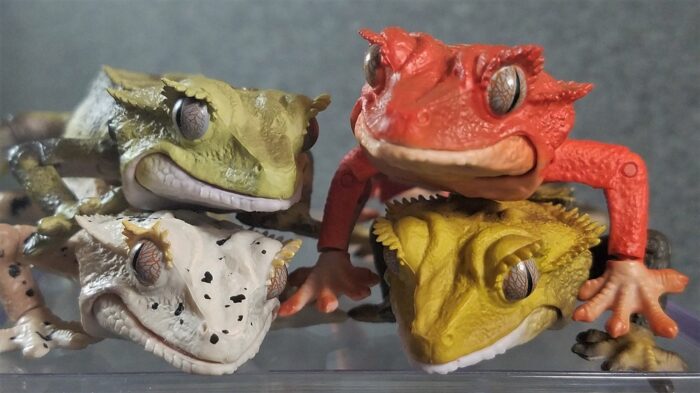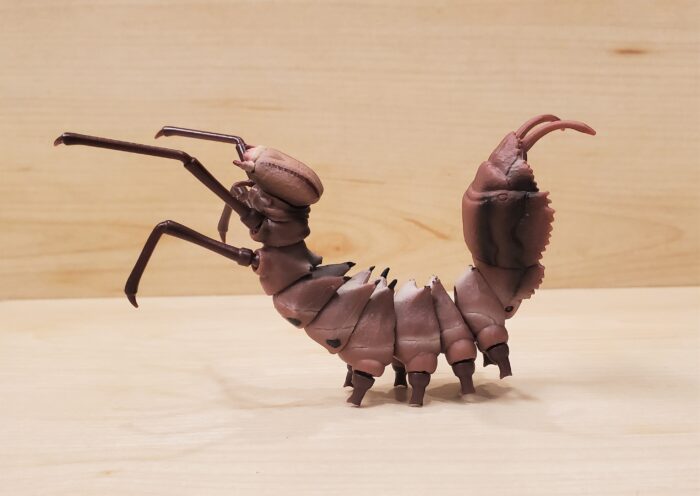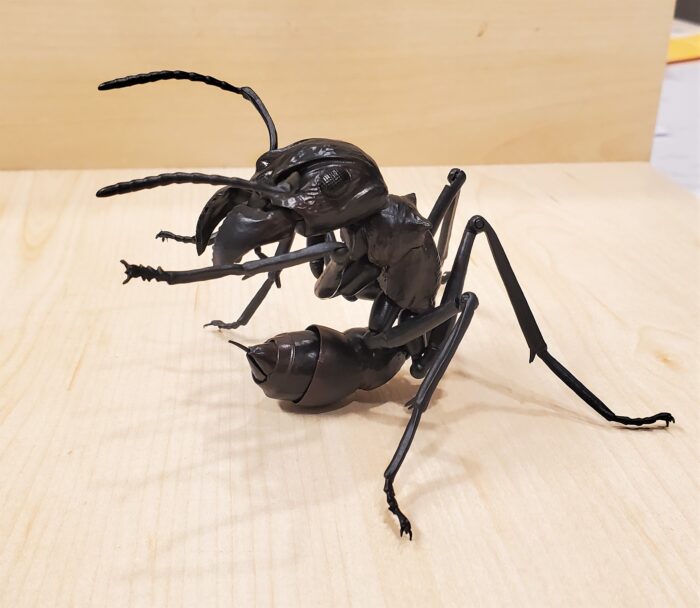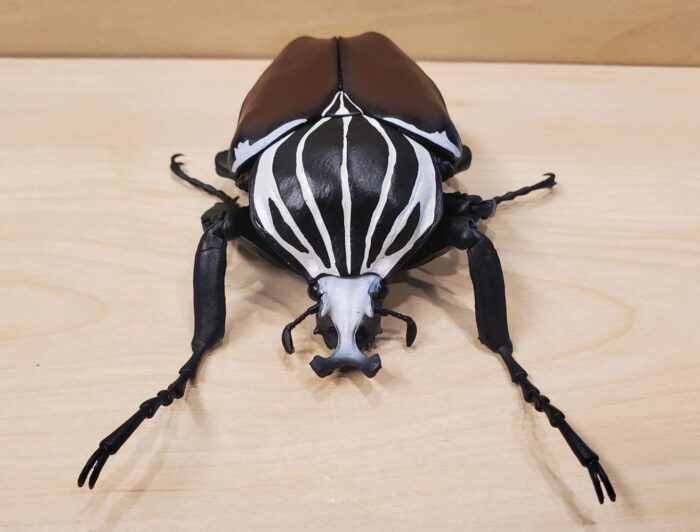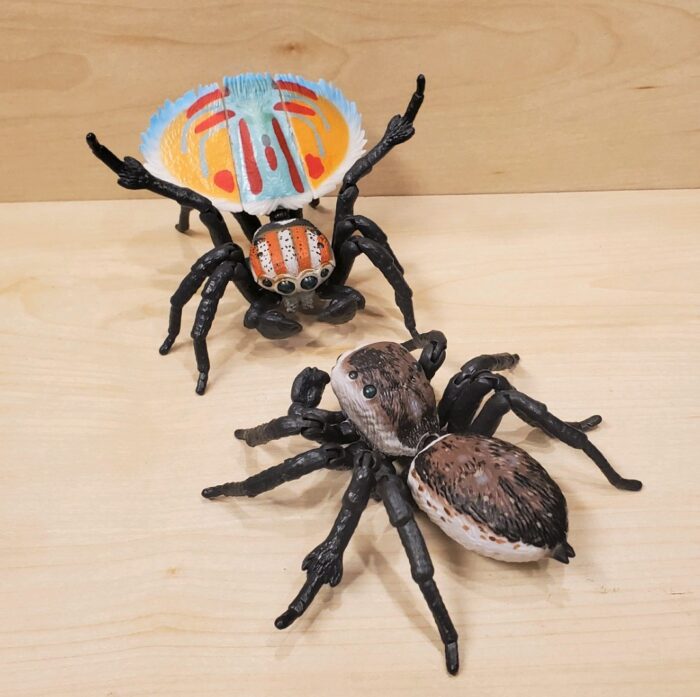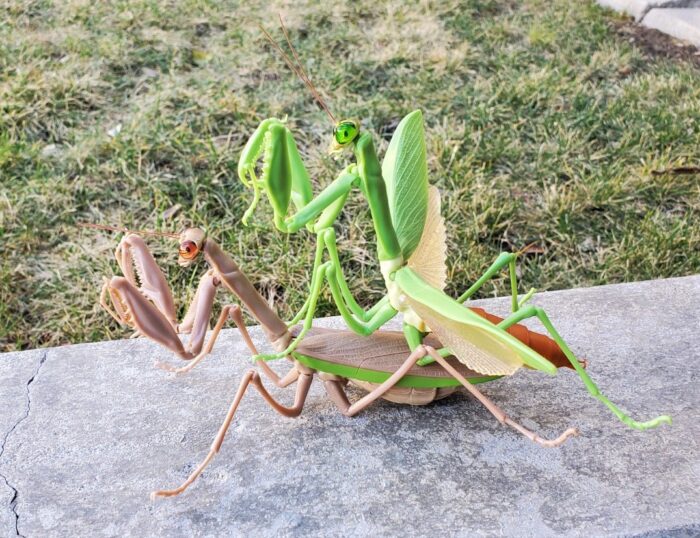Review and images by JimoAi; edited by bmathison1972
As previously mentioned, 2023 has been a great year for cartilaginous fish fans with, many figures from big and small companies alike. Today, we will be taking a look at the Bandai’s Mini Sharks collection which is part of their Diversity of Life on Earth series.





